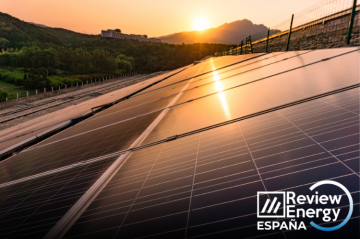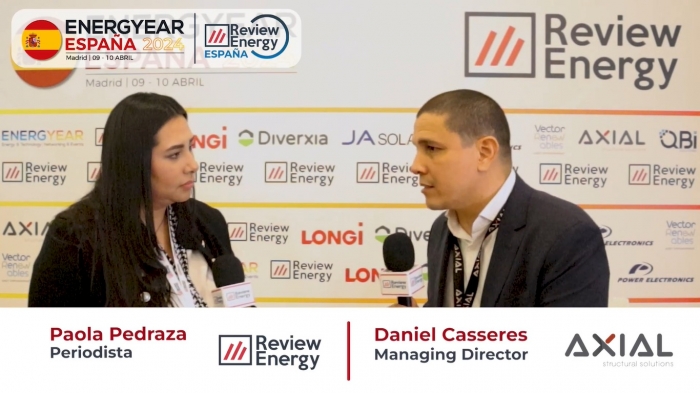
New study finds it feasible to convert ammonia into 1 million tons of hydrogen
Given the large interest in developing ammonia cracking facilities to enable the import of hydrogen for decarbonisation of the Industrial Complex in the Port of Rotterdam and other regions further afield, 18 parties joined forces to commission a pre-feasibility study for a large-scale industrial ammonia cracking plant. Port of Rotterdam Authority (PoR), together with Air Liquide, Aramco, bp, E.ON/Essent, ExxonMobil, Gasunie, Global Energy Storage (GES), HES International, Koole Terminals, Linde Gas, RWE, Sasol, Shell, Uniper, Vopak, and VTTI commissioned Fluor to perform a pre-feasibility study.
The study investigated the possibilities for a large central ammonia cracking facility to generate hydrogen from imported ammonia in the Port of Rotterdam, with a capacity of 1 million tons of hydrogen per year (equivalent to ~3000 ton/day or 1.3 million Nm³/h of H?). This results in an approximate consumption of 20,000 tons of ammonia (NH?) per day.
In addition to the ammonia cracking process plant, the study also looked at possible setups for the storage and distribution of the ammonia imported into the Harbour Industrial Complex (HIC).
The key aims of the study were to get a first understanding of the technologies available on offer, how far these processes are developed for commercial deployment, the energy and utility consumption of such processes, the number of process trains required to achieve the desired H? capacity (related to the maximum feasible per-train capacity), environmental footprint / emissions, general plot space requirements, safety and logistics associated with ammonia storage and handling, capital and operating cost of the required facilities, and the benefits of a central large scale ammonia cracking facility versus several smaller decentralised plants.
Ammonia cracking is an endothermic equilibrium reaction requiring external heat supply. The study looked at ammonia cracking technology from Haldor Topsoe, KBR, Thyssenkrupp, Johnson Matthey, Duiker, Casale and H2SITE.
Fluor developed three schemes for ammonia offloading and storage logistics for centralised and de-centralised cracking options were developed:
- Option 1: Centralised ammonia cracker with ammonia offloading and storage at six different locations.
- Option 2: Centralised ammonia cracker with ammonia offloading and storage at the same location; size of storage tanks based on those typical today with potential optimisation in the future.
- Option 3: Six decentralised ammonia cracker plant locations, each with its own ammonia offloading and storage facilities.
Finally, the study helped gain insight into the ammonia cracking technology landscape and made it clear that the technology for producing 1 million tons of hydrogen from ammonia is available today and requires a multitrain facility. The various trains may be located at a centralised plant or dispersed across several locations. There are clear capital cost benefits associated with building a centralised ammonia cracking plant with offloading and storage facilities at the same location. This does require a significant investment. However, the bulk of the cost of H? production from ammonia cracking (at the feedstock prices assumed in the study) lies in the cost of ammonia feedstock.

.gif)







Comentarios
Sé el primero en comentar...